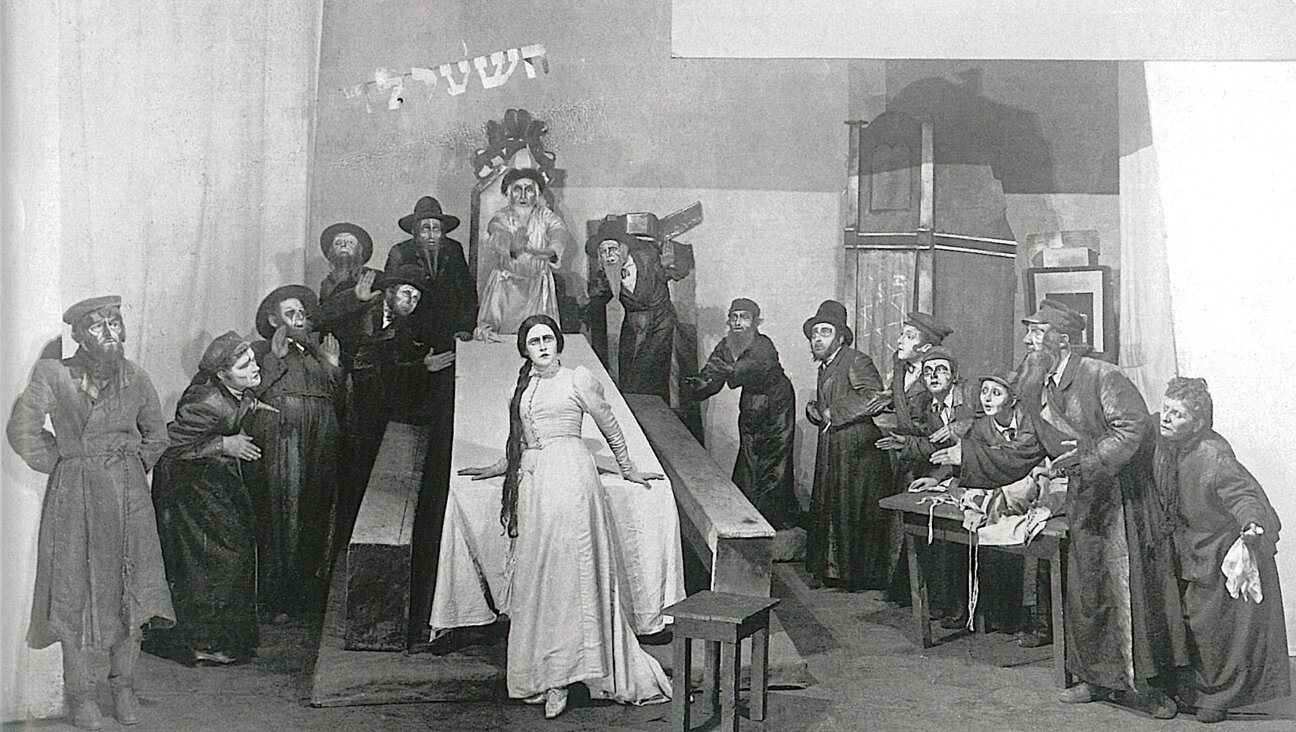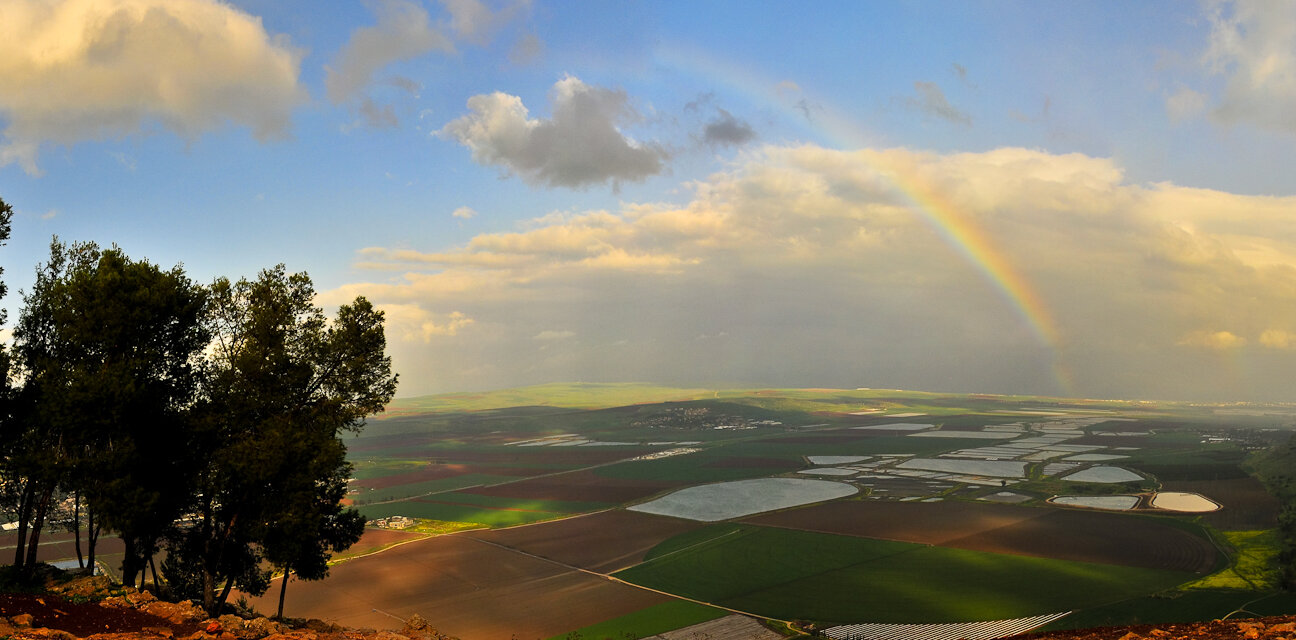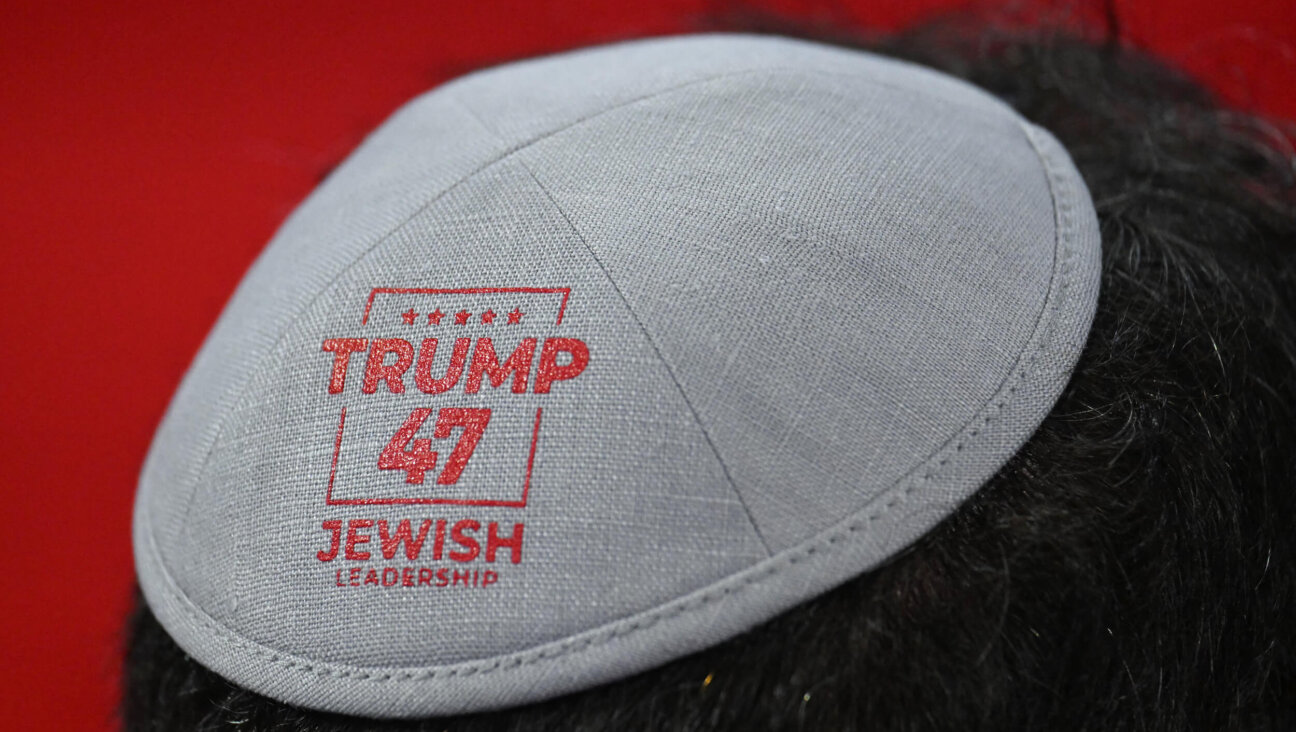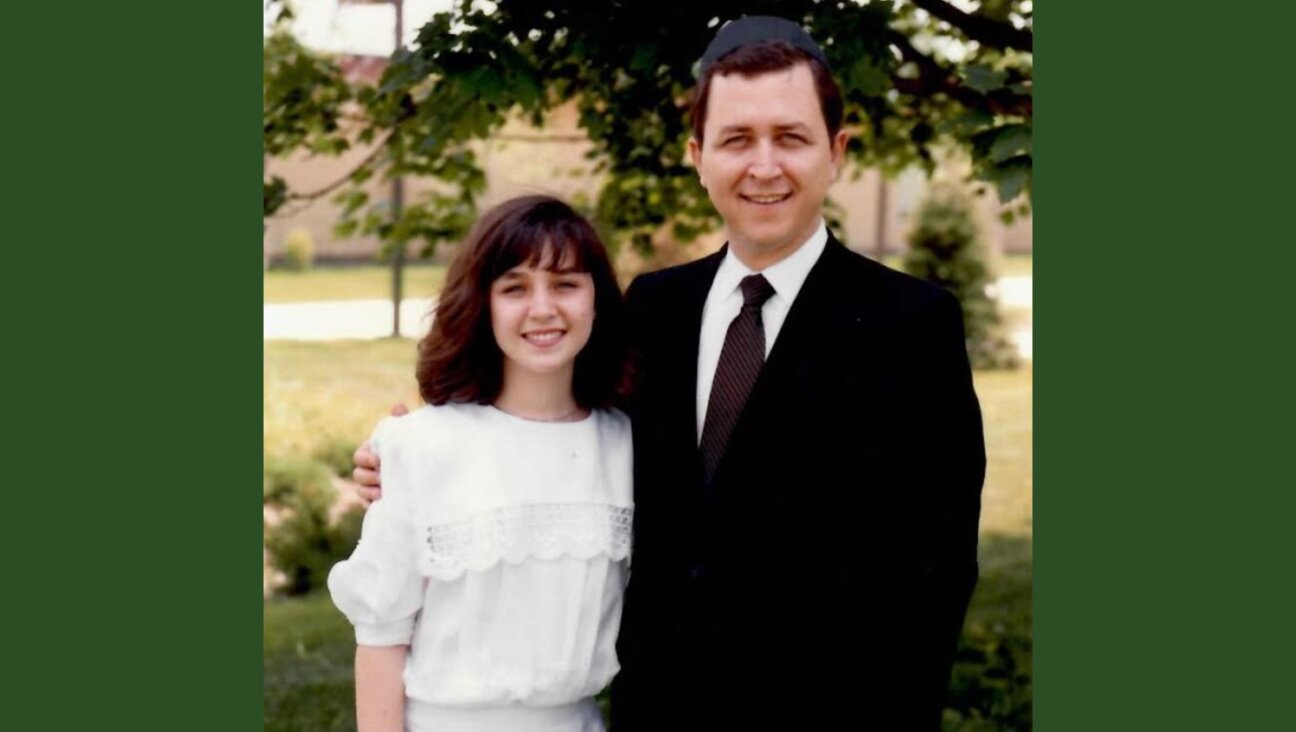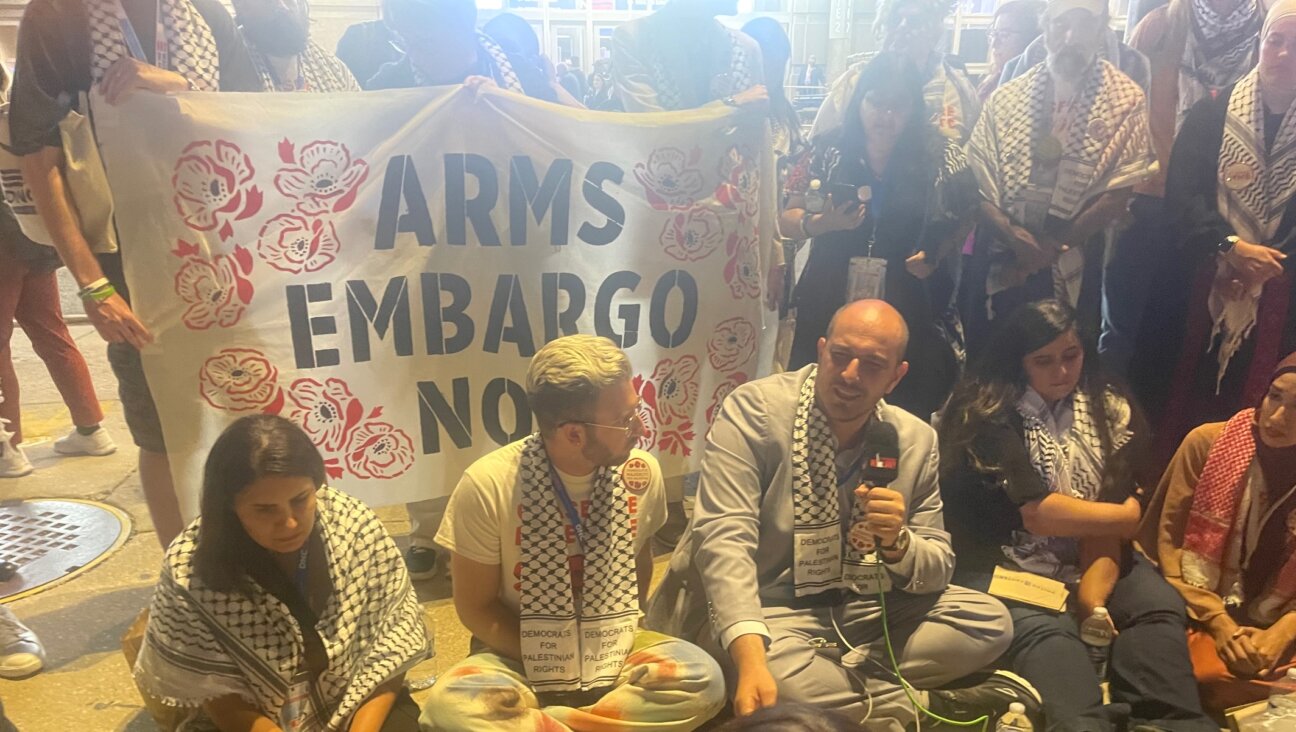How Sephardic Culture Shaped Ultra-Orthodox Judaism

Image by Yehuda Blum
This article originally appeared in the Yiddish Forverts.
Sephardi Jews often complain that Ashkenazim dominate Jewish culture to the point that they are losing aspects of their own cultural identity. The way one studies in a typical Yeshiva, the type of food eaten in honor of the Sabbath, the music, the men’s clothing, everything symbolizing Jewish culture from their black hats to their gefilte fish is Ashkenazi. And the Ashkenazim take pride in it as if to say: “Look what an accomplished group we are!”
This isn’t surprising, considering that more than 70% of Jews are indeed Ashkenazi. Yet their dominance in Jewish culture is largely exaggerated. In fact, just the opposite can be argued. Even though Sephardis make up only 20% to 30% of world Jewry, their rituals have actually had a profound influence on Ashkenazi Haredi Judaism, especially in Jerusalem. Much of this influence, it should be noted, is quite recent.
First of all, the prayer book that Ashkenazi Hasidim use is actually the Sephardic version, as its name “Nusakh Sfard” indicates. In Israel, and particularly Jerusalem, Ashkenazi Jews have adopted dozens of other Sephardic prayer traditions and religious laws, including praying at the Western Wall, performing the daily morning prayer of shacharit before sunrise and performing the priestly blessing every day. All of these traditions were profoundly influenced by Sephardim.
Let‘s take a look at the hugely popular Lag B’omer celebrations in Meron, northern Israel, where the grave of the ancient Jewish mystic Shimon Bar Yochai is visited by pilgrims. Few people realize that most of the rituals practiced on Lag B’omer – the pilgrimages to Meron, the lighting of bonfires and the tradition of celebratory first haircuts when a boy turns three – actually began among Sephardic Jews. The custom of having the father and grandfather don Sabbath clothing to dance around Isaac Luria’s grave with their newly-shorn young boy on their shoulders was adopted from the Sephardim.
Originally Ashkenazi Jews, chief among them the prominent rabbi Moses Sofer — now known as the Chasam Sofer — were against all Lag B’omer celebrations associated with Meron. The Chasam Sofer was especially troubled by the strange Meron tradition of lighting bonfires. Initially the Hasidim shunned these mystical Lag B’omer celebrations. It was only in the last 100 years that they have become a part of the Ashkenazi Lag B’omer tradition, especially among the Hasidim.
True, once the Ashkenazim adopted these rituals, they came to see it as their own. But the exchange goes both ways, as Sephardi Jews have basically taken over another very popular annual tradition: Visiting Rabbi Nachman of Breslov’s grave in Uman on [Rosh Hashanah](https://forward-hcl50.orc.scoolaid.net/schmooze/320610/rosh-hashana/ “Rosh Hashanah”).
It’s also worth mentioning that the entire Kabbalist movement and its mystical remedies have been dominated by Sephardic Jews. Traditional Litvak and even Hasidic mystical traditions eventually became canonized and stopped evolving, whereas Sephardic mystical traditions are at the vanguard today. Kabbalistic rings, incantations against the evil eye, lessons on the Zohar and so on all come from the Sephardic tradition and continue to be promoted almost solely by Sephardi Jews.
Another widespread Sephardic tradition among Ashkenazi Hasidim is giving tzedakah to seminaries for married men in Israel, using pushkes, or charity boxes, in the name of the late rabbi Meir Baal HaNes. While the tradition is often used by Ashkenazi Jews, it stems from the Sephardic custom begun about 200 years ago, when Tiberias was the largest settlement in Israel. At that time, HaNes’ grave was the most prominent pilgrimage site in the land of Israel. In its honor, Sephardi Jews would vow to give charity to maintain the grave during times of trouble.
Folk dances like the dabke and the hora are all Sephardic in origin, not to mention the Muslim Balkan influences on klezmer music and other Sabra customs. The Jerusalem kaftan, once worn by Sephardi Jews on special religious occasions, was adopted from the Arabs, although Jews rarely wear them today.
Israeli foods like halva, hummus, tahini, the very spicy z‘hug, falafel, shawarma and pepitas were all adopted from Arab cuisine and dubbed Jewish by the Sephardim. Some might argue that these foods have nothing to do with Sephardim since Jews in Israel borrowed these traditions directly from Arabs, Turks or Druze. Perhaps. But they were adopted with the Sephardim serving as intermediaries.
And then of course there is the pronunciation of Modern Hebrew, which although revived by an Ashkenazi Jew, Eliezer Ben Yehuda, follows the Sephardic rules, although some sounds have been changed to make it easier for Ashkenazi Jews to pronounce.
If more Jews only knew just how much Sephardic customs have influenced Ashkenazi Haredi Jews, there would no doubt be much less talk about Ashkenazi-dominated Judaism.
A message from our CEO & publisher Rachel Fishman Feddersen

I hope you appreciated this article. Before you move on, I wanted to ask you to support the Forward’s award-winning journalism during our High Holiday Monthly Donor Drive.
If you’ve turned to the Forward in the past 12 months to better understand the world around you, we hope you will support us with a gift now. Your support has a direct impact, giving us the resources we need to report from Israel and around the U.S., across college campuses, and wherever there is news of importance to American Jews.
Make a monthly or one-time gift and support Jewish journalism throughout 5785. The first six months of your monthly gift will be matched for twice the investment in independent Jewish journalism.
— Rukhl Schaechter, Yiddish Editor








